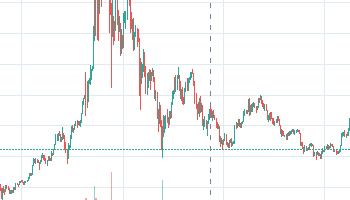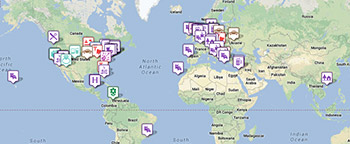A shift from trusting people to trusting math
Bitcoin is a distributed consensus network that maintains a secure and trusted distributed ledger through a process called “proof-of-work.
Bitcoin fundamentally inverts the trust mechanism of a distributed system. Traditionally, as we see in payment and banking systems, trust is achieved through access control, by carefully vetting participants and excluding bad actors. This method of trust requires encryption, firewalls, strong authentication and careful vetting. The network requires investing trust in those gaining access.
The result is that such systems tend to be closed and small networks by necessity. By contrast, bitcoin implements a trust model of trust by computation. Trust in the network is ensured by requiring participants to demonstrate proof-of-work, by solving a computationally difficult problem. The cumulative computing power of thousands of participants, accumulated over time in a chain of increasing-difficulty proofs, ensures that no actor or even collection of actors can cheat, as they lack the computation to override the trust. As proof-of-work accumulates on the chain of highest difficulty (the blockchain), it becomes harder and harder to dispute. In bitcoin, a new proof-of-work is added every 10 minutes, with each subsequent proof making it exponentially more difficult to invalidate the previous results.
Here’s the most important effect of this new trust model of trust-by-computation: no one actor is trusted, and no one needs to be trusted. There is no central authority or trusted third party in a distributed consensus network. That fact opens up a completely new network model, as the network no longer needs to be closed, access-controlled or encrypted. Trust does not depend on excluding bad actors, as they cannot “fake” trust. They cannot pretend to be the trusted party, as there is none. They cannot steal the central keys as there are none. They cannot pull the levers of control at the core of the system, as there is no core and no levers of control.


 Updated every 10 minutes
Updated every 10 minutes


